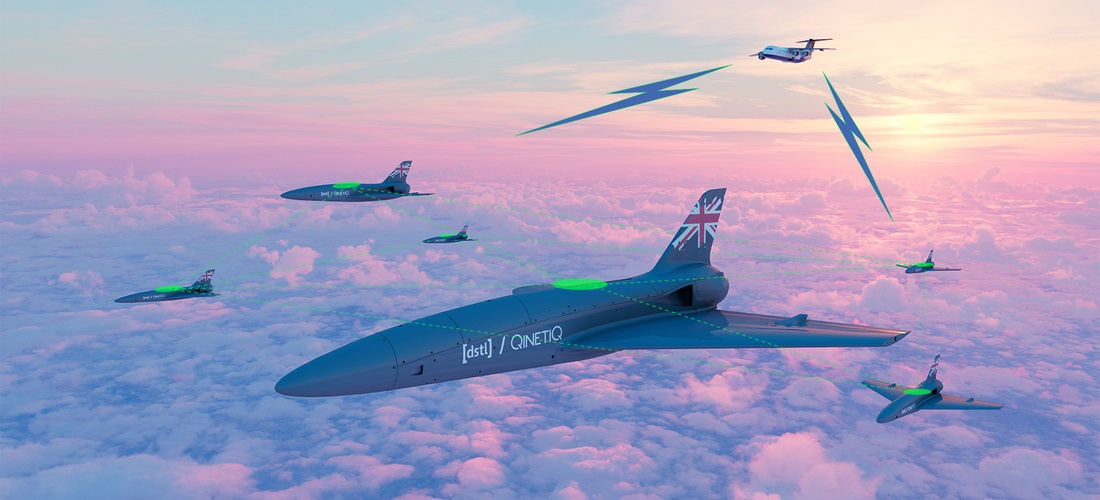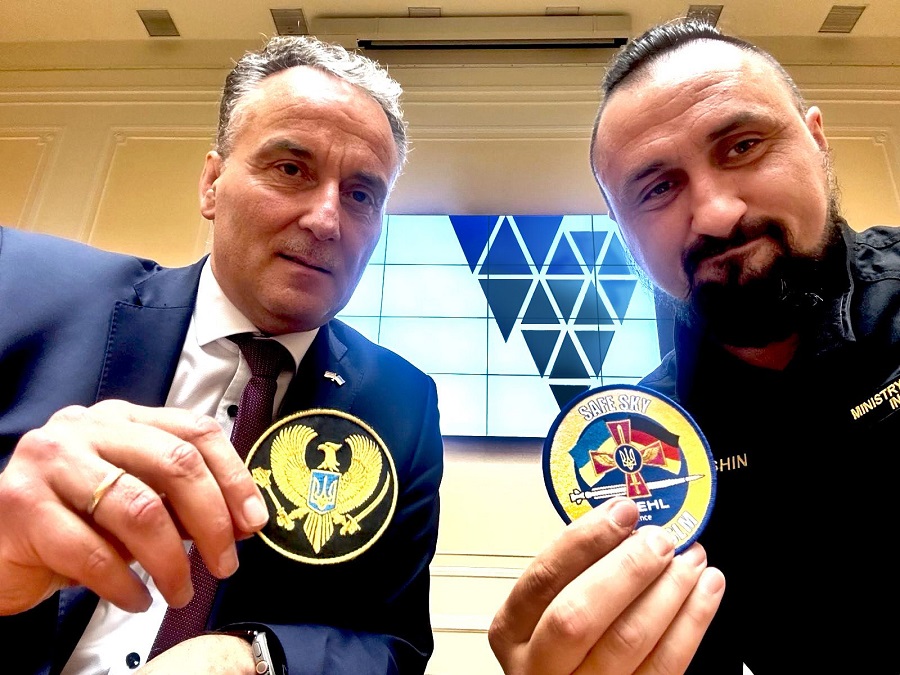Designed to test and develop the pilots’ capabilities and to develop international partnerships, the 10-day exercise saw Typhoons employed in multiple realistic combat scenarios. They conducted a series of composite air operations against simulated adversary aircraft.
The RAF Typhoons flew alongside Qatari Typhoons; Turkish, Emirati and Pakistani F-16s; Turkish F-4s and Azerbaijani SU-25s. This gave them the opportunity to refine their skills with familiar aircraft and learn more about less familiar aircraft.
A team from NATO’s Airborne Early Warning and Control Force flew an E-3A and the Turkish Air Force flew an E-7T Peace Eagle Airborne Early Warning and Control aircraft to co-ordinate the exercise from the air. An RAF Voyager aircraft provided air-to-air refuelling to enable the Typhoons to remain in the fight for longer.
The RAF and the Turkish Air Force have a long standing and strong bilateral defence relationship as NATO members. The two air forces cooperate regularly in a variety of areas to share knowledge and capabilities.
A small RAF team deployed to the air base where they worked alongside all exercise participants in the purpose-built Anatolian Eagle facilities. The Turkish Air Force hold a series of Anatolian Eagle exercises throughout the year and then invite selected partners to their annual international exercise.
After each phase of the exercise all participating pilots gathered in a huge auditorium to meticulously review the combat successes. This identifies the results of each force, aircraft and pilot.
The RAF Typhoons deployed alongside and flew with their Qatari counterparts. The Qataris successful deployment so soon after establishing their Typhoon capability is testament to their professionalism and the effectiveness of the training provided by 12 Squadron, the joint UK-Qatar Typhoon Squadron.





















